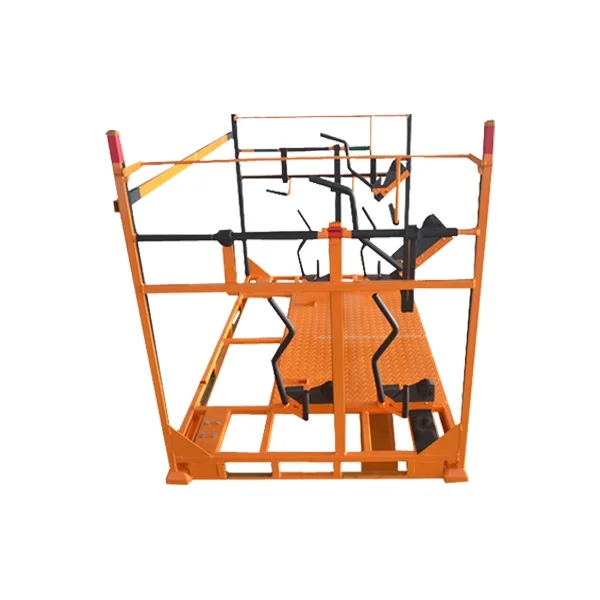In the world of automotive performance, enthusiasts and engineers alike are constantly seeking ways to maximize engine output and efficiency. Among the myriad of modifications available, the combination of a blower and a turbocharger has emerged as a topic of considerable interest. This article delves into the feasibility, benefits, and challenges of integrating these two forced induction systems, providing a comprehensive understanding for those looking to enhance their vehicle's performance.
Understanding the Basics: Blowers vs. Turbochargers
Before exploring the integration of blowers and turbochargers, it is essential to understand the fundamental differences between these two systems.
- Blowers (or superchargers) are mechanically driven devices that compress air and force it into the engine's intake. They are typically powered by a belt connected to the engine's crankshaft, providing immediate boost and responsiveness. The primary advantage of a blower is its ability to deliver power instantaneously, making it ideal for applications where throttle response is critical.
- Turbochargers, on the other hand, utilize exhaust gases to spin a turbine, which in turn compresses the intake air. This process, known as turbocharging, can lead to significant power gains, especially at higher RPMs. However, turbos often suffer from turbo lag, a delay in power delivery as the system builds up boost pressure.
The Concept of Combining a Blower and Turbocharger
The idea of combining a blower and a turbocharger, often referred to as a twin-charged setup, aims to leverage the strengths of both systems while mitigating their weaknesses. The blower provides immediate boost at low RPMs, enhancing throttle response and drivability, while the turbocharger takes over at higher RPMs, delivering sustained power and efficiency.
Benefits of a Twin-Charged System
- Improved Throttle Response: The blower's immediate boost can eliminate turbo lag, providing a more responsive driving experience, particularly in applications such as street racing or daily driving.
- Broader Power Band: By utilizing both systems, the engine can achieve a wider power band, allowing for optimal performance across various RPM ranges. This is particularly beneficial for motorsport applications where versatility is key.
- Enhanced Efficiency: A well-tuned twin-charged setup can improve overall engine efficiency. The blower can help maintain boost pressure at lower RPMs, allowing the turbocharger to operate more efficiently at higher RPMs, thus optimizing fuel consumption.
- Potential for Higher Power Output: When properly engineered, a twin-charged system can significantly increase horsepower and torque figures, making it an attractive option for performance enthusiasts.
Challenges and Considerations
While the benefits are enticing, integrating a blower and turbocharger is not without its challenges.
- Complexity of Installation: The installation of a twin-charged system requires careful planning and engineering. Custom fabrication may be necessary to accommodate both systems, leading to increased labor and costs.
- Tuning Requirements: A successful twin-charged setup demands precise tuning to ensure that both systems work harmoniously. This often involves advanced engine management systems and may require the expertise of a professional tuner.
- Heat Management: Both blowers and turbochargers generate heat, which can lead to increased engine temperatures. Proper cooling solutions, such as intercoolers, must be implemented to prevent overheating and maintain performance.
- Potential for Increased Wear: The added stress on engine components from a twin-charged setup can lead to increased wear and tear. Upgrading internal engine components may be necessary to handle the additional power and stress.
Conclusion: Is It Worth It?
The decision to combine a blower and turbocharger ultimately depends on the specific goals of the vehicle owner. For those seeking maximum performance and willing to invest the time and resources into a complex setup, a twin-charged system can offer unparalleled power and efficiency. However, it is crucial to approach this modification with a clear understanding of the challenges involved and to work with experienced professionals to ensure a successful implementation.

